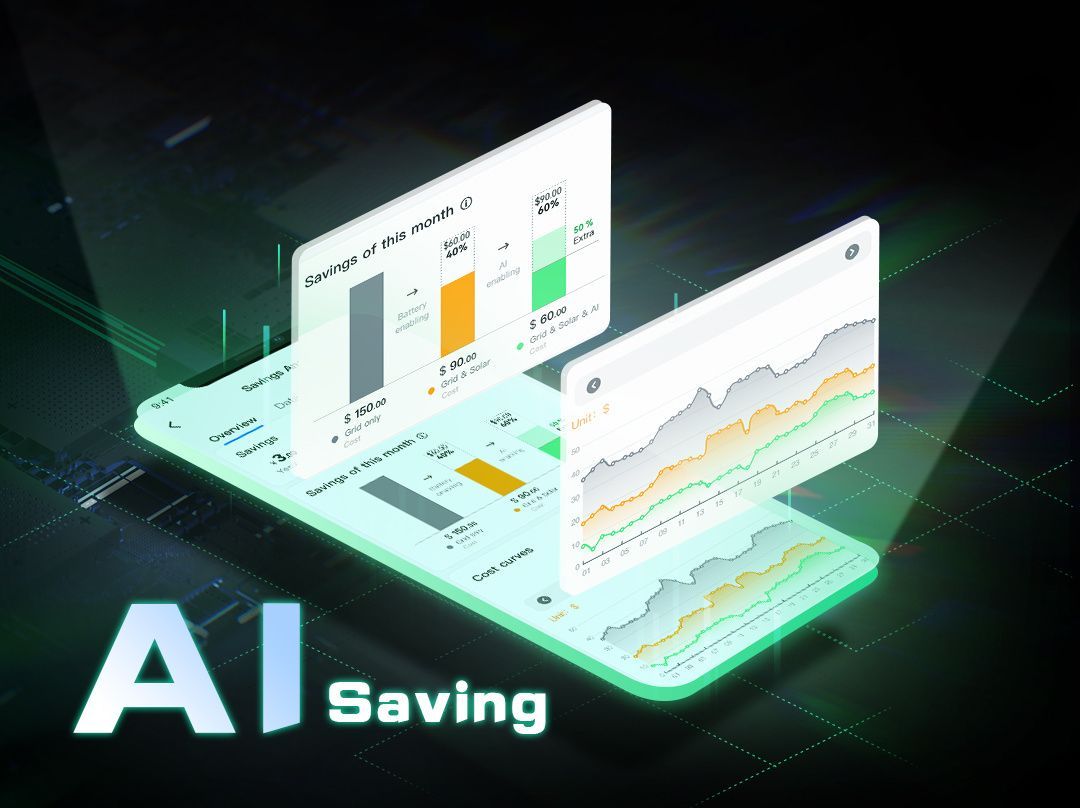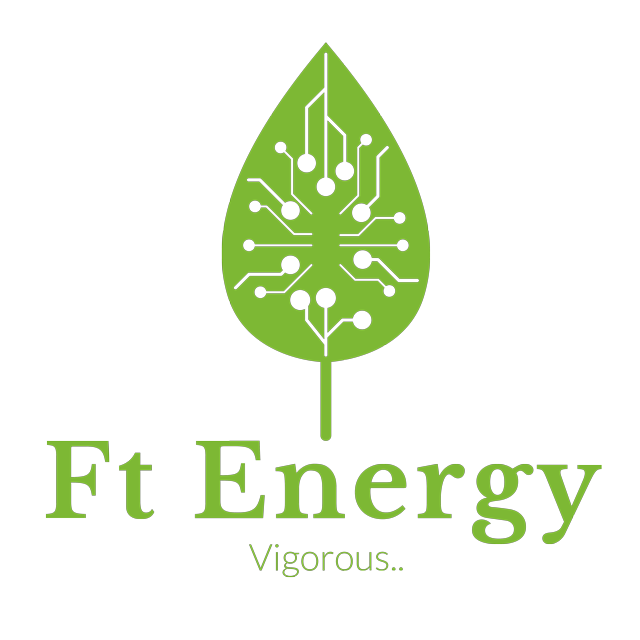What is Photovoltaics (PV)?
Photovoltaics (PV) involves converting light into electricity using semiconducting materials that exhibit the photovoltaic effect, a phenomenon studied in physics, photochemistry, and electrochemistry.
The commercial application of the photovoltaic effect includes electricity generation and use in photosensors.
A photovoltaic system utilizes solar modules, each comprising numerous solar cells, to generate electrical power. PV installations can be ground-mounted, rooftop-mounted, wall-mounted, or floating, with mounts being either fixed or using solar trackers to follow the sun's movement across the sky.
Photovoltaic technology plays a crucial role in mitigating climate change due to its significantly lower carbon dioxide emissions compared to fossil fuels. Solar PV offers specific advantages as an energy source: after installation, it operates without generating pollution or greenhouse gas emissions, exhibits scalability for power needs, and relies on widely available materials such as silicon in the Earth's crust. However, constraints like the need for materials such as silver in PV system manufacture and competition for land use may limit further technological growth.
Other drawbacks include the requirement for energy storage systems or global distribution through high-voltage direct current power lines, resulting in additional costs, as well as specific disadvantages like variable power generation that needs to be balanced. While production and installation contribute to some pollution and greenhouse gas emissions, they represent only a fraction of the emissions caused by fossil fuels.
Photovoltaic systems have been employed in specialized applications as stand-alone installations for a long time, and grid-connected PV systems have been in operation since the 1990s. Mass production of photovoltaic modules began in 2000 through the German government's funding of a one hundred thousand roof program. Decreasing costs, driven in part by substantial Chinese government investment in solar production capacity since 2000, have allowed PV to grow as an energy source. Advances in manufacturing technology and efficiency have also contributed to cost reduction. Net metering and financial incentives, such as preferential feed-in tariffs for solar-generated electricity, have supported solar PV installations globally.
Panel prices decreased by a factor of 4 between 2004 and 2011, with module prices dropping by about 90% over the 2010s.
As of 2022, worldwide installed PV capacity exceeded 1 terawatt (TW), covering almost two percent of global electricity demand. Following hydro and wind powers, PV ranks as the third-largest renewable energy source globally in terms of capacity. The International Energy Agency anticipated a growth of over 1 TW from 2022 to 2027. In some cases, PV has emerged as the most economical source of electrical power in regions with high solar potential, with bids as low as 0.015 US$/kWh in Qatar in 2023. The International Energy Agency declared in its 2023 World Energy Outlook that, for projects with low-cost financing tapping high-quality resources, solar PV is now the cheapest source of electricity in history.
More EcoFacts





